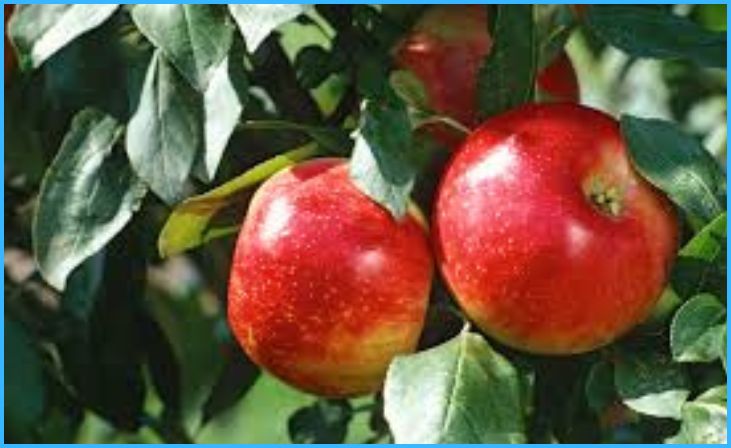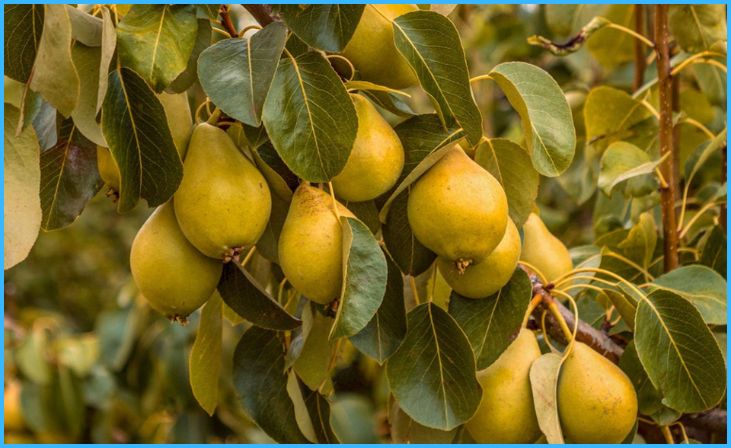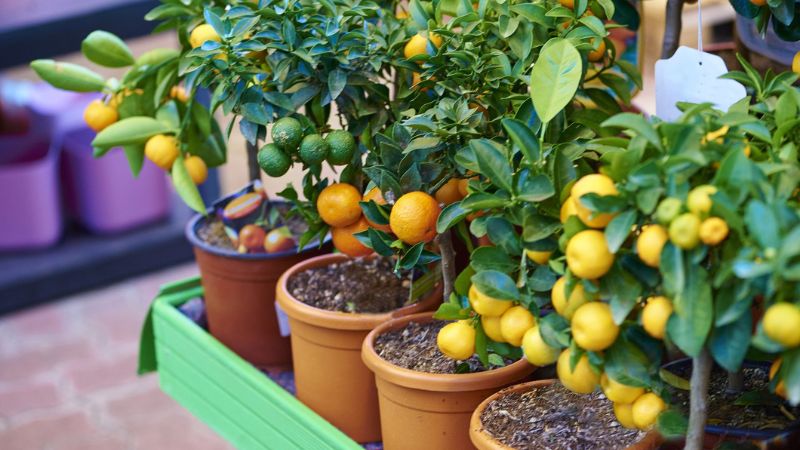Adding fruit trees to your garden not only beautifies your landscape but also provides you with an abundant harvest of delicious, fresh fruits. Whether you’re a seasoned gardener or just starting out, choosing the right fruit trees can make all the difference. In this guide, we’ll explore the eight best fruit trees to plant in your garden, considering factors like climate compatibility, space requirements, and ease of maintenance.
Apple Trees:

Apple trees are a classic choice for any garden. With hundreds of varieties available, you can choose from sweet to tart flavors and early to late-season harvests. They thrive in temperate climates with cold winters and moderate summers. Plant at least two different varieties for cross-pollination and increased fruit production. Apples are versatile fruits, perfect for eating fresh, baking, or making homemade cider.
Peach Trees:
Peach trees are prized for their juicy, aromatic fruits that ripen in late summer. They require full sun and well-drained soil to thrive. Choose a location with good air circulation to prevent diseases like peach leaf curl. Dwarf varieties are available for smaller gardens or containers. Enjoy fresh peaches straight from the tree, or use them in pies, cobblers, and preserves.
Citrus Trees:

Citrus trees, including oranges, lemons, limes, and grapefruits, add a tropical flair to any garden. They prefer warm climates with mild winters and can be grown in containers in cooler regions. Citrus trees need regular watering and fertilizing to produce healthy fruits. With proper care, you can enjoy a steady supply of vitamin C-rich citrus throughout the year. Plus, the fragrant blossoms add beauty and fragrance to your garden.
Cherry Trees:
Cherry trees burst into bloom in early spring, producing clusters of vibrant pink or white flowers followed by juicy cherries in late spring or early summer. There are two main types of cherries: sweet cherries, which are eaten fresh, and sour cherries, which are prized for baking and cooking. Choose a variety that suits your taste preferences and climate conditions. Cherry trees require well-drained soil and regular pruning to maintain their shape and productivity.
Pear Trees:

Pear trees offer a delicious harvest of sweet, juicy fruits in late summer to early fall. They thrive in temperate climates with cold winters and mild summers. Pears are often grown on dwarf or semi-dwarf rootstocks, making them suitable for smaller gardens. Plant two different varieties for cross-pollination and optimal fruit production. Enjoy pears fresh off the tree, poached in wine or cider, or baked into pies and tarts.
Plum Trees:
Plum trees come in a variety of colors and flavors, from sweet to tart. They are relatively easy to grow and require minimal maintenance once established. Plums ripen in late summer to early fall, providing a tasty treat for both humans and wildlife. Japanese plums are best suited for warmer climates, while European plums are more cold-hardy. Plant plum trees in well-drained soil and provide regular irrigation during dry periods.
Fig Trees:
Fig trees are prized for their sweet, honey-flavored fruits and lush foliage. They thrive in warm, Mediterranean climates but can also be grown in containers in cooler regions. Fig trees are relatively low-maintenance and resistant to pests and diseases. They produce two crops per year: a smaller harvest in early summer and a larger one in late summer or early fall. Enjoy fresh figs on their own, or use them in salads, jams, and desserts.
Avocado Trees:
Avocado trees are ideal for gardeners in subtropical or tropical regions where temperatures remain above freezing. They require well-drained soil and regular watering, especially during the dry season. Avocado trees are self-pollinating, but planting multiple trees can increase fruit production. Depending on the variety, avocados ripen from late spring to early fall. Harvest ripe avocados and enjoy them in salads, sandwiches, or guacamole.
Conclusion:
Adding fruit trees to your garden is a rewarding experience that allows you to enjoy fresh, homegrown fruits throughout the year. By selecting the right varieties for your climate and space constraints, you can create a bountiful orchard that provides beauty and sustenance for years to come. Whether you prefer the crisp crunch of apples, the juicy sweetness of peaches, or the tropical flavor of citrus, there’s a fruit tree for every palate and garden. Happy planting!
